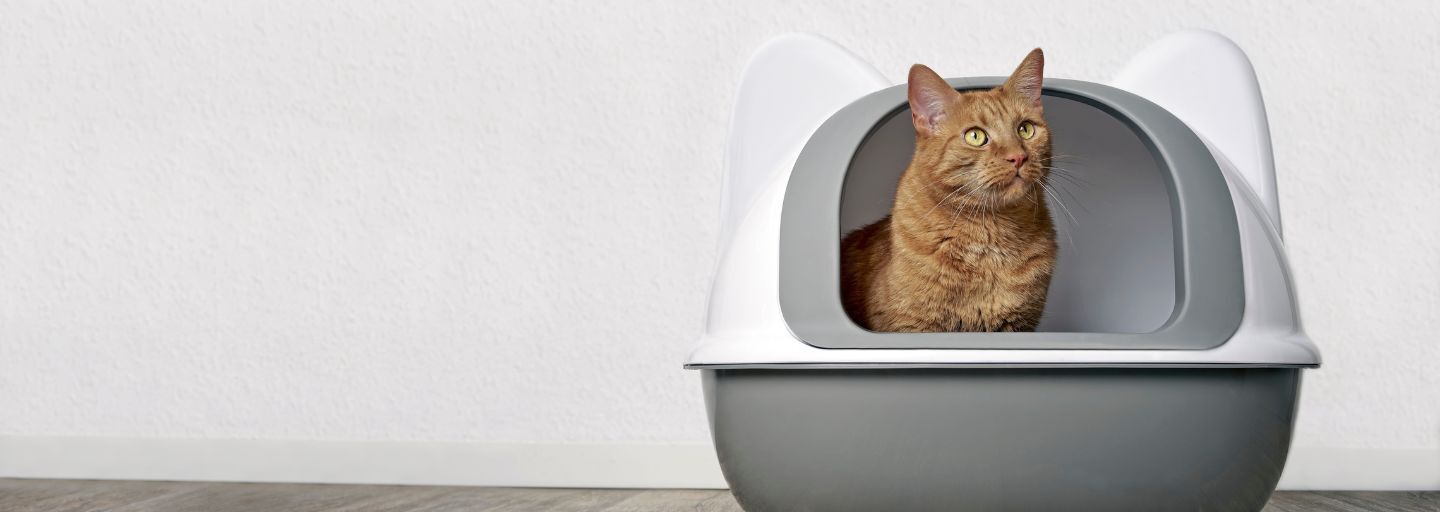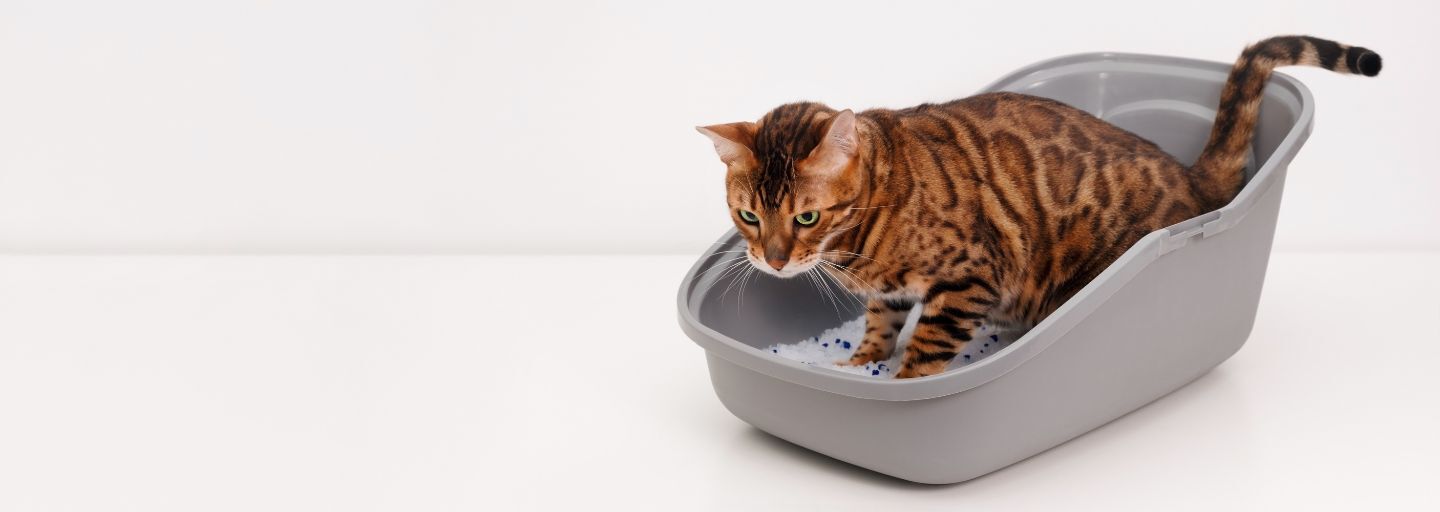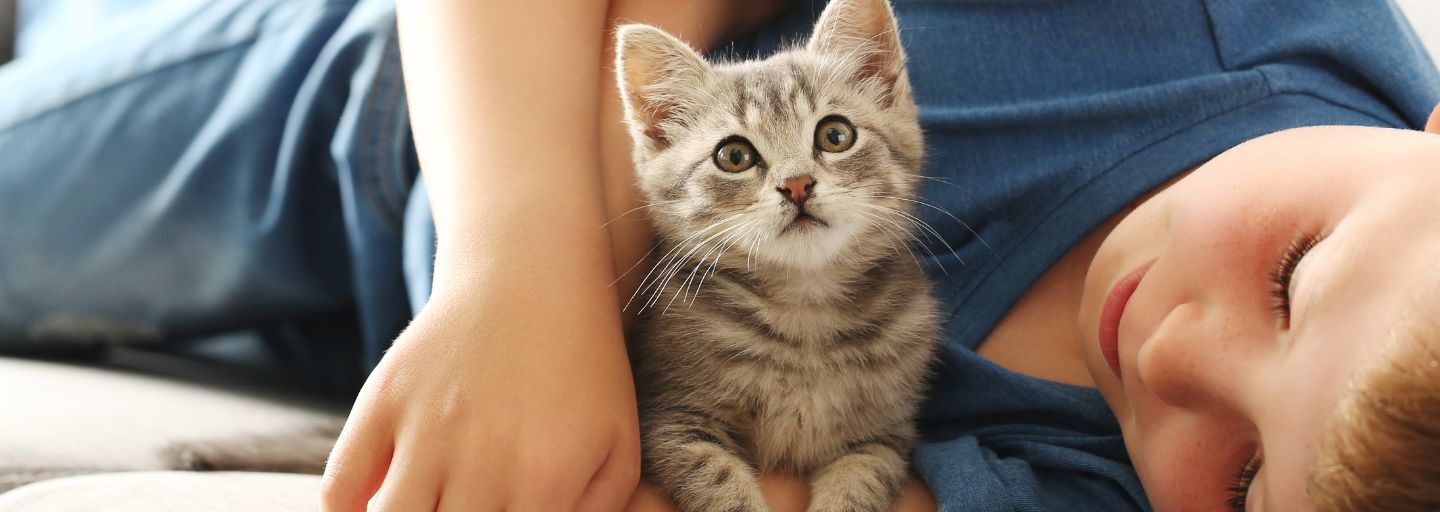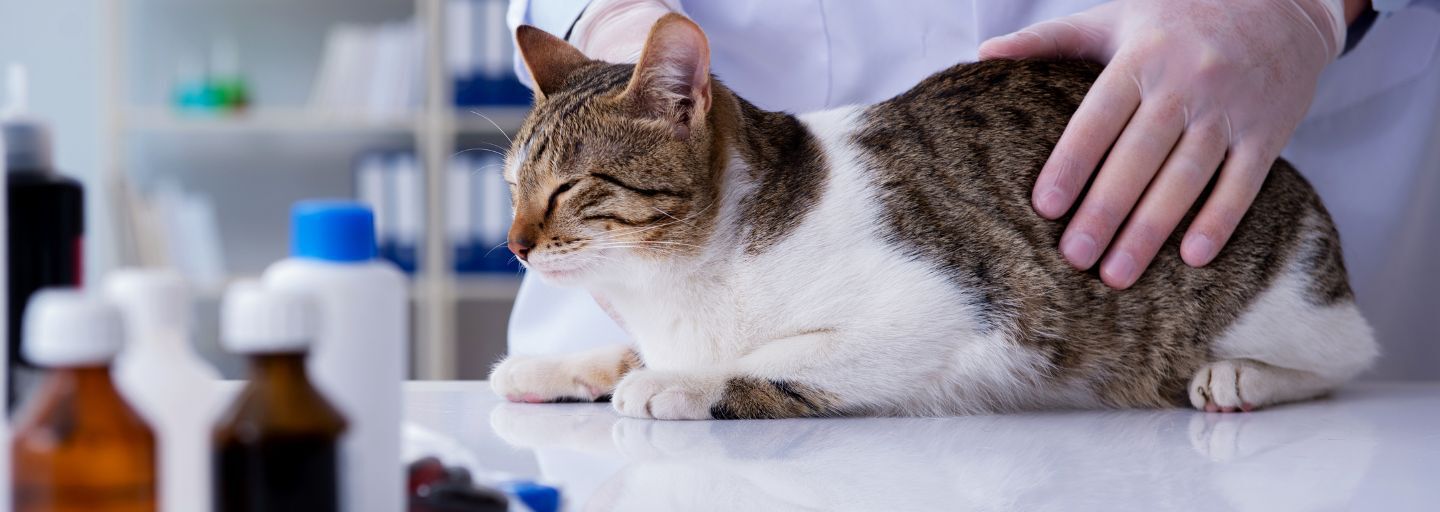Cleaning up after your cat's accidents can be a challenging task that requires thoroughness and attention to detail. To ensure that your cat doesn't return to the same spot, it's essential to completely eliminate the odour. Here are some enhanced tips to help you tackle the task effectively:
Step 1: Locate the mess.
Carefully inspect the area to identify the exact location of the mess. Use your senses of sight and smell to pinpoint any hidden spots that may require cleaning. Keep in mind that small amounts of cat urine can be hard to detect, so be diligent in your search.
Step 2: Soak up the mess.
Using a paper towel or absorbent cloth, gently blot the affected area to soak up any urine or moisture. Press down firmly to ensure that you remove as much liquid as possible. Dispose of the used paper towel properly to prevent any lingering odour.
Step 3: Clean with enzymatic cleaners or vinegar.
Enzymatic cleaners are highly effective in breaking down the bacteria and eliminating the odour associated with cat urine. These cleaners contain enzymes that specifically target the components of urine, effectively neutralizing the odour. You can find enzymatic cleaners at reputable pet specialty stores. Follow the instructions on the cleaner's packaging for best results.
If you prefer a natural alternative, you can create a cleaning solution using diluted plain vinegar. Mix equal parts vinegar and water and apply it to the affected area. Vinegar is known for its ability to neutralise odours and can be an effective option for cleaning up cat messes. However, it's important to note that some cats may be sensitive to the strong smell of vinegar, so test a small area first to ensure it doesn't bother your cat.
After cleaning the area, take preventive measures to discourage your cat from returning to the same spot:
- Block the area off: Use baby gates or furniture to restrict access to the area where the accident occurred. This physical barrier will help prevent your cat from revisiting the spot and reinforce the idea that it is off-limits.
- Place food and water nearby: Cats prefer to keep their toileting area separate from their food and water. By placing their food and water bowls near the accident site, you can create a psychological deterrent, as cats generally avoid eliminating in areas where they eat.
- Cover the area with an unappealing texture: Cats dislike certain textures, such as tin foil or double-sided tape. Covering the area with these materials can discourage your cat from returning to the spot, as they find the texture unpleasant.
Additionally, consider evaluating the placement and conditions of your litter box to address any underlying issues that may be causing your cat's inappropriate elimination. Ensure that the litter box is easily accessible, clean, and in a quiet location. Purina TIDY CATS Litter Deodorizser can help control odours and create a more inviting environment for your cat.
It's important to note that persistent litter box issues can be a sign of stress or an underlying medical condition. If your cat's inappropriate elimination behaviour continues, we recommend consulting with your veterinarian for further guidance and to rule out any potential health concerns. They can provide valuable insights and recommend appropriate strategies to address the issue effectively.



